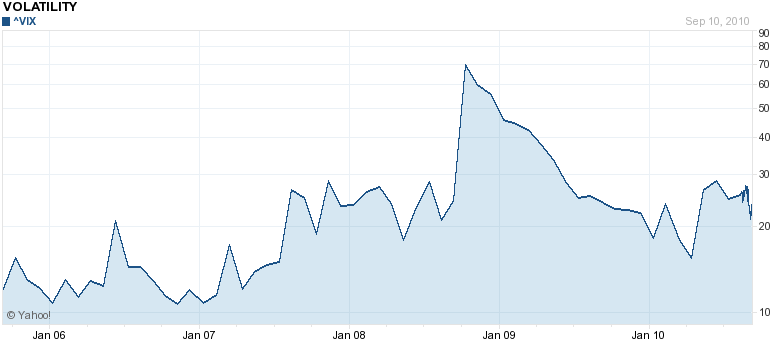Gold, God and forgiveness
DO BANKERS inevitably go to hell? What many people today merely hope will come to pass was for Christians in the early 1400s a matter of faith. After all, the Bible, like the Koran, was explicit in its condemnation of lending money at interest, the basis of most banking operations. So in many parts of Christendom moneylending was left to Jews. In several northern cities of medieval Italy, however, ingenious Christians started to find ways round the banking ban. Their contrivances, though legal, were not popular with the church, which held that usurers, by charging for the duration of a loan, were not trading in goods but in time, and this was God’s.
The prospect of an eternity of hellfire was particularly acute in Florence, since it was here that the foundations of modern banking were being laid. As it happened, Florence was also witnessing the first stirrings of an extraordinary flowering of the arts. Before long guilt-ridden bankers were commissioning great works of religious art in the hope that they might after death escape the damnation that the scriptures foretold. In this way were the birth of the international financial industry and that of the Renaissance intimately connected.
The connection might perhaps be reduced to a single word, whether patronage, or atonement, or Medici. A
longer, and far more pleasurable, elaboration can be found in text, pictures and objects at the Palazzo Strozzi in Florence, where an exhibition devoted to “Money and Beauty” continues into 2012. Subtitled “Bankers, Botticelli and the Bonfire of the Vanities”, it explores the motives of Florence’s bankers in their artistic commissions; the reactions of churchmen to rich Florentines’ displays of luxury and wealth; and the effects of both penitential patronage and ecclesiastical reproach on the works of art that, throughout the 1400s, or
Quattrocento, tumbled forth from Florence like coins from a slot machine.
In the background of the exhibition are the Medici, the wool-traders turned bankers who held sway over the Florentine republic in its golden age under Lorenzo the Magnificent, and who produced popes and queens and Tuscan grand dukes until the last of the dynasty died in 1737. Their grip was interrupted by the invasion of Charles VIII of France in 1494, which brought in its wake the brief rule of Girolamo Savonarola, the austere Dominican friar from Ferrara who berated the Florentines for their luxuries, gambling, carnivals, and particularly their wanton paintings, which made “the Virgin Mary look like a harlot”. He called for children to spy upon their parents, prostitutes to be chastised, sodomites burned alive and irreligious frivolities prohibited. Hence the great Bonfires of the Vanities in the Piazza della Signoria in 1497 and 1498, when countless works of art, as well as cards, books and dresses, went up in flames.
Sandro Botticelli, a central figure, was not one of the artists who flung their paintings onto the fires, but he nevertheless fell under Savonarola’s spell, as his later works clearly show. Gone, in these, were the sensuous depictions of idealised beauty seen in his early paintings, such as the “Birth of Venus”. Now Botticelli’s figures were more likely to bear agonised expressions of intense piety, as in “Madonna and Child with the Young St John”.
In between came works like “The Calumny” (pictured above). This shows Midas on his throne, receiving the counsels of Ignorance and Suspicion, with a hooded Envy clasping the hand of Calumny, who in turn, with Deception and Fraud attending, is dragging the unidentified victim by the hair, while Penitence turns hopefully towards stark-naked Truth. Though not overtly religious, the sentiment is morally correct and therefore Savonarola-suitable, as is the turbulent mood, so far removed from the sumptuous lyricism of Botticelli’s earlier, mythological works. When those were made, as the chronicler Giorgio Vasari noted over half a century later, he worked happily for many Florentine families painting “very nude women”.
“Money and Beauty” was proposed in 2006, just after the birth of the foundation that runs the Palazzo Strozzi, a 15th-century building in the middle of Florence built by mercantile rivals of the Medici. Five years of incubation, however, have only improved the show’s timeliness, allowing reflections not just on the role of bankers in general but even on some familiar banking terms whose origins are Tuscan. The most notable may be “risk”, which derives from Tuscan
rischio, the amount considered necessary to cover costs when lending money, ie, a euphemism for interest. Another is “florin”. First coined in Florence, florins circulated widely in Europe for centuries—in Britain until 1971—and may yet perhaps make a post-euro return.
It is not just its timing, though, that makes this show so successful. Its themes, and the abundance of artefacts and paintings on which the curators could draw, allow every point to be illustrated with a wonderful work of art: a panel commissioned by the mint; an altar painting showing Filippo Strozzi, who paid for it, almost as prominently as the entire Holy Family; keys, locks, letters of exchange; an account book pointing to the perils of sovereign default (three banks had gone bust when Edward III of England reneged on large loans); a codex containing the sumptuary laws that forbade flashy clothes and ostentatious funerals. (Even Fra Angelico—see next story—so pious he could not paint a crucifix without tears running down his cheeks, chose to depict the Virgin’s obsequies in the manner of an unashamedly opulent 15th-century Florentine funeral.)
The images are merciless. Miserly bishops are shown being whipped with their own moneybags; St Anthony causes a usurer’s heart to be found in a strongbox; a moneylender meets the figure of Death. Balancing these are numberless images of devotional scenes, the Nativity, the Madonna and other religious figures. And also shown are the events with which Lorenzo’s magnificent era ended: Charles VIII’s entry into Florence, Savonarola preaching against luxuries in a city that derived so much wealth from making them, and the fundamentalist friar’s own execution in the very square in which the Bonfires of the Vanities had been held. This is the visual telling of a tale of beauty and bloodshed, lucre and licentiousness, morality, hypocrisy and propitiation.
The telling is not all the work of the
Quattrocento. The exhibits benefit enormously from the commentaries of two curators, Ludovica Sebregondi, a specialist in the religious art of the Renaissance, and Tim Parks, a British novelist and author of “Medici Money” (2005). While one puts the exhibits in their art-historical context, the other explains the social and wider significance. With different styles, and sometimes conflicting views, they add considerably to the pleasure of the show.
And should today’s bankers take heed? Though usury has long since lost its power to inspire any penitential effort among Christians, modern moneylenders are accused of other sins: Pope Benedict calls for “moral renewal” in Italy and the Church of England agonises about the godlessness of the City of London. Yet most bankers seem to dread damnation in the hereafter as little as censure in the here and now. Too bad. Without the fear of God, they are unlikely to pay for a new Renaissance.














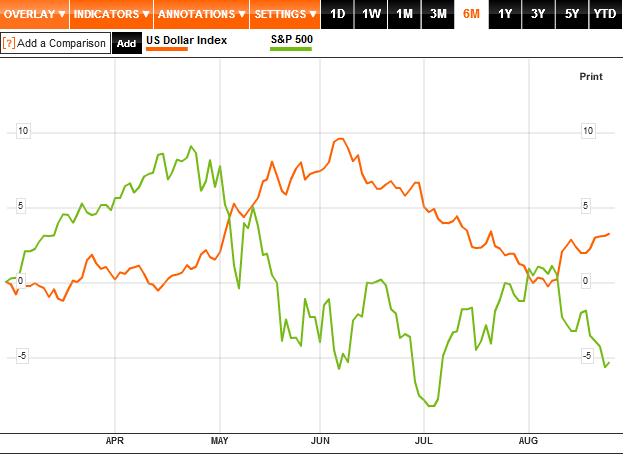
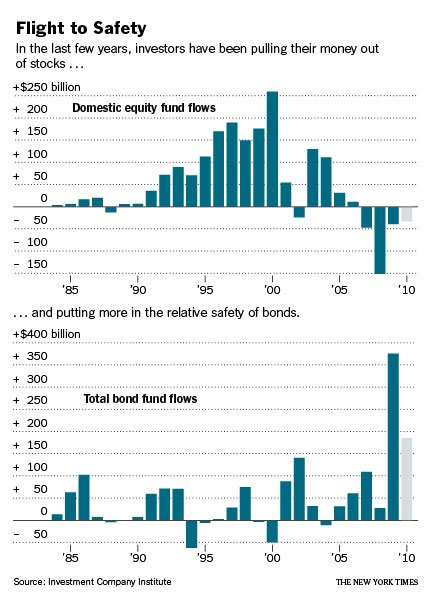
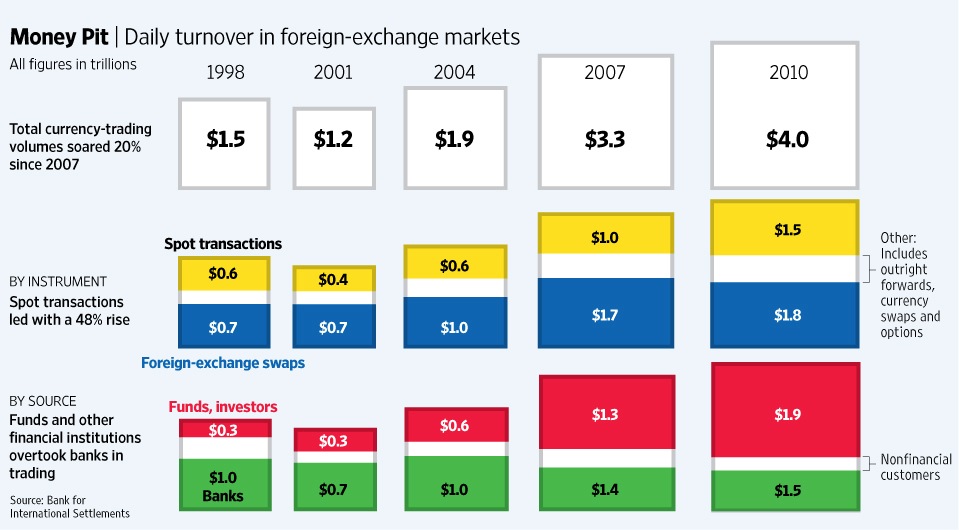
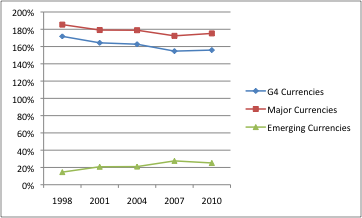
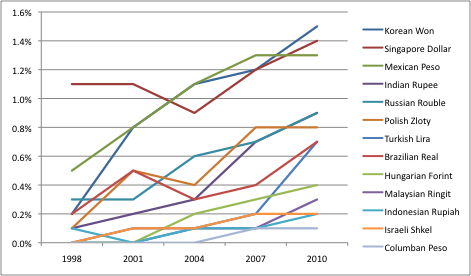
 I’m sure serious technical analysts are rolling their eyes at the chart above, but the point stands that trend-following has never been easier and rarely more profitable than it is now. One fund manager summarized, “Trend-following investors are capturing the momentum in several big currency moves. You have so much uncertainty in the world now with regard to inflation or deflation, which typically makes currency markets and interest rates move. That is good for trend followers as it causes volatility, which typically creates good profits.” In other words, there is a tremendous amount happening in forex markets at the moment, and this is reflected in protracted, deep moves in currency pairs, which can change direction without notice and yet continue moving the opposite way for just as long. If you think this sounds obvious, look at historical data (5-10 years) for the majority of currency pairs: while trends have always been abundant, it was only recently that they began to last longer and became more pronounced.
I’m sure serious technical analysts are rolling their eyes at the chart above, but the point stands that trend-following has never been easier and rarely more profitable than it is now. One fund manager summarized, “Trend-following investors are capturing the momentum in several big currency moves. You have so much uncertainty in the world now with regard to inflation or deflation, which typically makes currency markets and interest rates move. That is good for trend followers as it causes volatility, which typically creates good profits.” In other words, there is a tremendous amount happening in forex markets at the moment, and this is reflected in protracted, deep moves in currency pairs, which can change direction without notice and yet continue moving the opposite way for just as long. If you think this sounds obvious, look at historical data (5-10 years) for the majority of currency pairs: while trends have always been abundant, it was only recently that they began to last longer and became more pronounced.